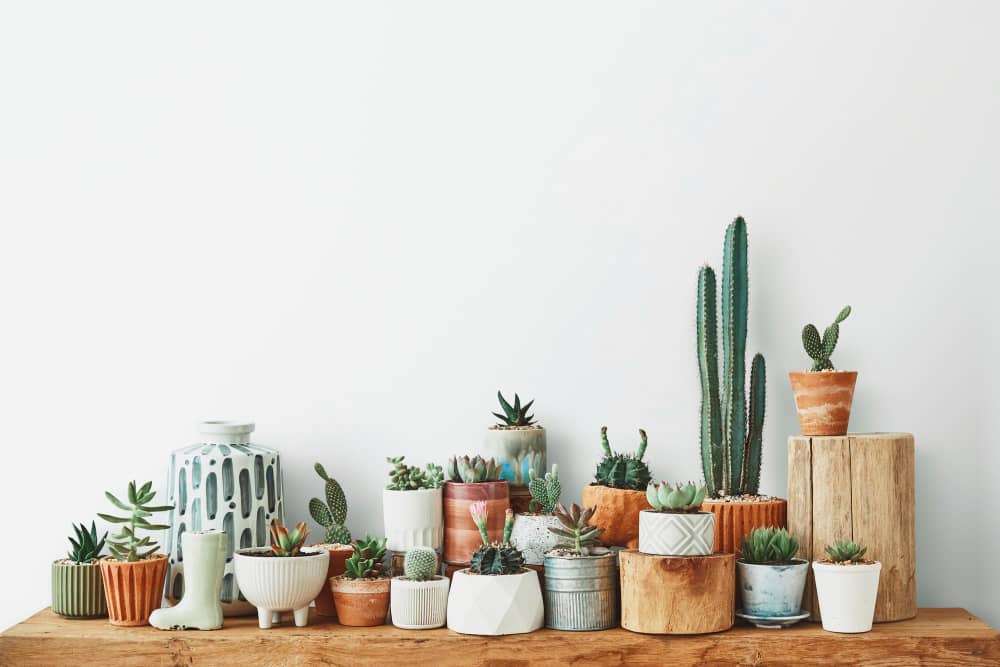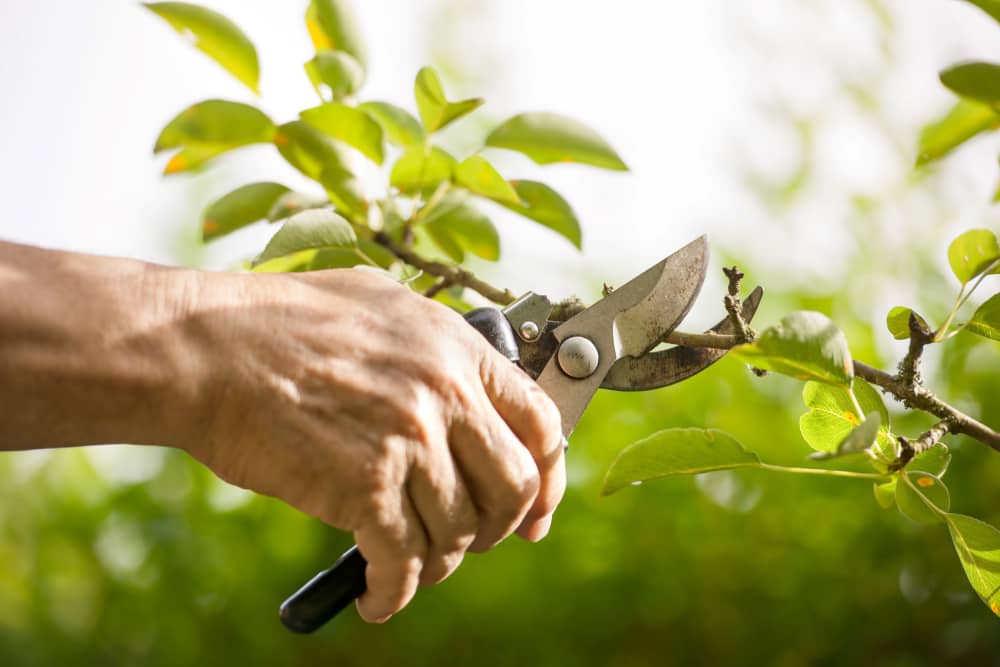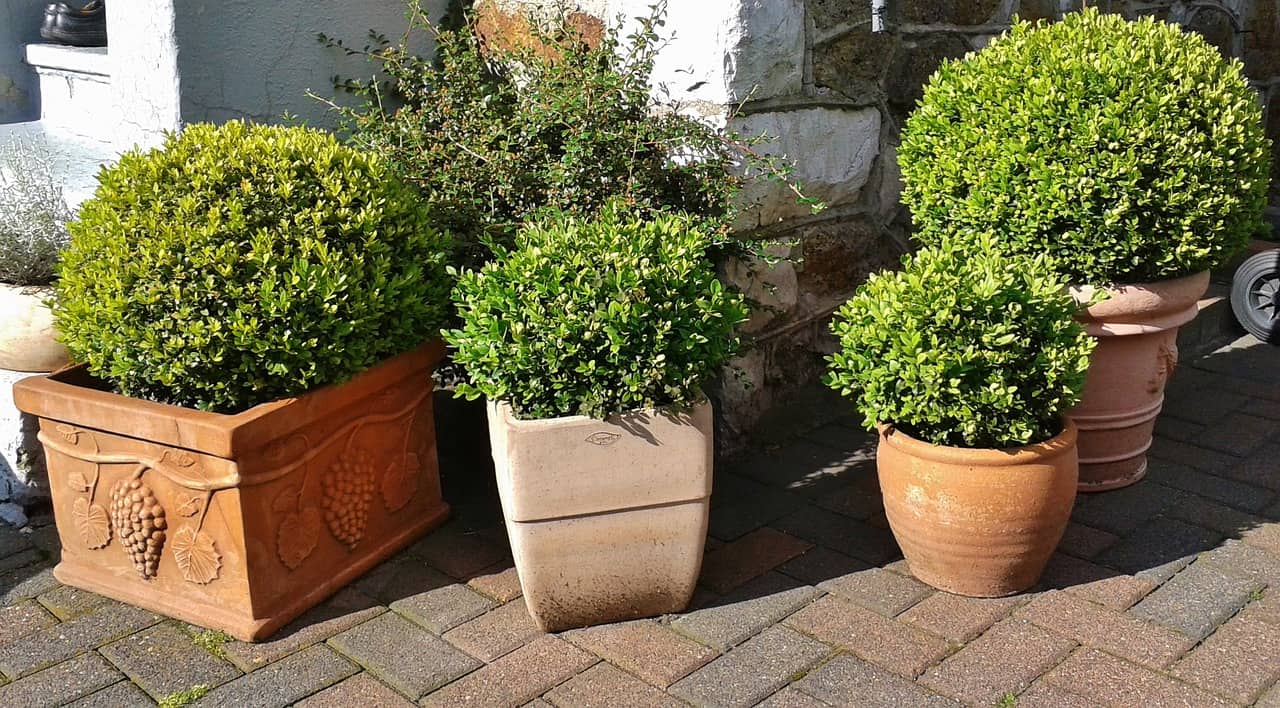A well-designed flower garden is one of the most beautiful additions you can make to your home. It’s not only an excellent place for you to enjoy and relax, but it also adds value and character to your property.
You don’t need an outdoor space filled with plants and vines to have a stunning garden. All you need is some planning and preparation before getting started. Here are some tips to help create the perfect garden for your home.
1. Research Flower Characteristics
Before planting, you must figure out what type of flower you want. Do you want a large variety of plants or a few types? Do you want a formal design or an informal garden? There are so many breathtaking flowers that it’s hard to decide on just one. You can choose from roses, tulips, daffodils, and more.

If you have a specific idea in mind for your garden, look into the characteristics of each type and see which ones will work best for your space. The colors you choose for your garden can help set the tone for the space. If you want a formal garden, you might want to look into different shades of blue and green.
If you want to create a more casual setting, consider purple and yellow flowers. Consider the weather conditions in your area, as well. If you live in a rainy area, consider more water-resistant flowers. Dry conditions might require you to choose more drought-resistant flowers.
2. Choose a Good Location
Choose a spot in your yard where grass thrives. Think about sunlight, drainage, and other factors that will impact the health of your flowers. Direct sunlight can make some plants more susceptible to disease and damage.
Ensure your flowers have enough room to grow. You want your garden to be large enough to accommodate several different types of flowers without crowding them out. Avoid tree roots, rocks, and other obstacles that could affect the health of your flowers.
Before planting, clear away debris and move any rocks or other obstacles out of the way. Check the drainage of your area and make any necessary adjustments. A garden planner can help you create the perfect space for your flowers.
3. Choose Your Flower Garden Layout
Choose a style that works well for your needs and your family. You can create a small garden or expand it over time. If you have children, consider a fence or other structure. This will help keep your kids safe while playing in the garden. You can also create a garden that is divided into several different areas. This will allow you to grow multiple types of flowers without having them compete with each other.
A contemporary-leaning landscape design is perfect for any modern home. This type uses a variety of plants and colors to create a dramatic effect. The most popular flowers for this style include ferns, hostas, astilbes, and other low-growing plants.
You can add some tall plants or even arches to make the space more open. A cottage-style garden is perfect for homes with a more traditional feel.
You can use a lot of flowers that are colorful and have a strong, bold appeal. This type of garden is perfect for larger spaces where you can create several different areas.
4. Remove the Grass
Grass is not only a terrible addition to any garden but also very unsightly. If you have a large space that needs some attention, consider removing the grass before you begin planting. You can use a shovel or a garden rake to remove it.
A garden planner will help you determine the best way to remove it. A broad-spectrum, short-lived herbicide, such as glyphosate, will clear the ground of any unwanted grass. You can also use a lawn aerator if you have a larger yard.
Use a variety of ground cover plants, such as sedum, to create a more natural look. These plants are low-growing and require a lot of sunlight. They are also very drought-tolerant and will help to prevent weeds from growing in your garden.
5. Add Some Pathways
The pathways will help you move easily from place to place and add interest to the space. You can use stones, bricks, or pavers for this purpose. Use a soft mulch to cover the pathways. This will help to prevent weeds from growing in the area.
To create a visual illusion, use various colors, shapes, and textures to separate the areas.
6. Add a Fountain
Fountains will help keep the area cool and add some life to the space. You can use a decorative fountain, such as a water feature, a bird bath, or a more functional fountain.
A water feature will help to circulate water, which will cool the air in your garden and keep the area pleasant and green.
You can also use fountains to create an interesting focal point in your garden. If you’re looking for something more functional, consider adding a plantable fountain. These fountains are usually made of plastic, giving you a lot of versatility, and can come in packages that contain the things you need to get started.
Modern fountains can be programmed to dispense water at certain times. Get the help of a designer to create the perfect fountain for your garden.
The aesthetic and functional benefits of adding a garden to your property are endless. However, you’ll need to put in some hard work and thought before you can get the most out of your new space.
The above tips will help you create the perfect garden you’ve always imagined. You can also get a garden planner’s help to create an ideal space for your needs.














